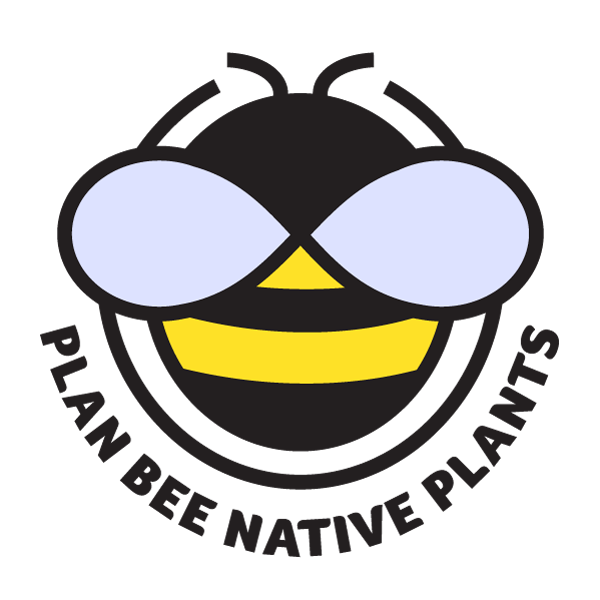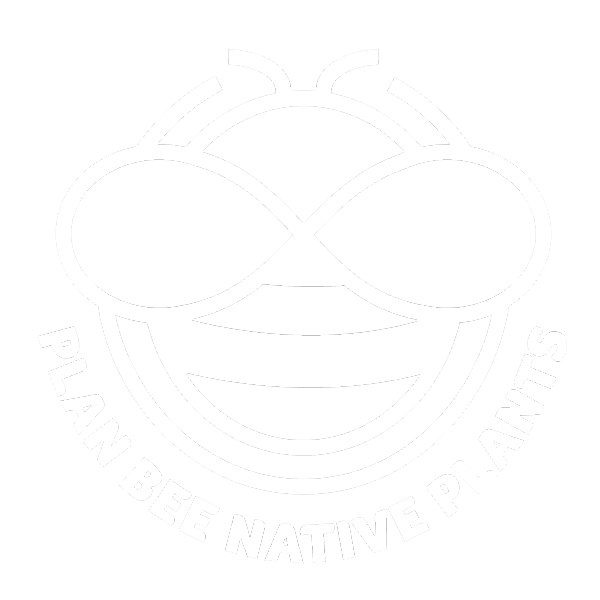Risks to pollinators-
Habitat loss
The largest factor adding to the decline in wildlife populations as well as extinction. Whenever we clear land to make room for agriculture or urban development many times we are taking away valuble habitat. This means the species that inhabit these areas or specific ecosystems can’t just pick up and move because the plants they rely on can be very specific to the conditions of individual ecosystems. So bluntly put, if their food can’t move then they can’t either. The other factor to consider when we are clearing land is that we are taking the most habitable land for ourselves and leaving the areas we don’t want. These areas are also ones less valuable to many species that are in decline as well.
The other issue this presents is habitat fragmentation. What’s left of many wild areas are the regional parks and specific areas we’ve designated for them and for human enjoyment. However because these small pockets of wilderness are essentially surrounded by concrete there isn’t much incentive for any of the life to leave or venture out. This leads to genetic stagnation as wild populations aren’t able to mix and introduce new genes as they naturally would making them more susceptible to disease and more vulnerable over all.
36% of the world’s landmass is devoted to agriculture. It has caused the largest loss of insect populations by far.. Many of these habitats use to be large meadows or grasslands that supported huge amounts of biodiversity such as B.C.s Gary Oak ecosystem that now has less than 5% of that habitat remaining
What you can do at home- Garden with Plants native to your region and create natural habitat. Native plants in your garden take pressure off of wild areas.
Pesticides
Pesticides, insecticides whatever you want to call them, they’re bad news. They indiscriminately target and kill whatever they come into contact with (usually) and eventually work there way back into the ecosystem as they break down, wreaking havoc along the way. Avoid at all costs, generally easy to avoid however the use in agriculture is still highly problematic.
What you can do at home– Avoid using and find organic alternatives whenever possible.
Climate Change
Climate change is a huge complex issue that I will just touch on briefly. Extreme weather conditions are just another added pressure adding to the huge amount of other pressures resulting in the current extinction crisis before us. And although in relation to pollinators these effects are still not fully understood, some of these potential effects would be pollinators and the specific flowers they depend upon falling out of timing with each other because of adverse temperature increases or decreases. This makes it so both the plant and its specific pollinators go extinct. These changes will not be static across the board and some areas will be more affected than others including many plant communities. Did you know many of our native plants require a cold moist period they naturally get from our winter in order for the seeds to break dormancy and sprout? If it eventually gets too warm many of these plants could cease the ability to reproduce.
Invasive Plant Species
Invasive species are the second biggest driver of extinction next to habitat loss. These plants (and animals, but we’ll mainly be focussing on plants for this) do huge amounts of damage to natural areas unbeknownst to most people.. With no natural predators/pathogens or sometimes even less harsh climate allows these species to thrive and out compete many native species. This is a huge issue due to the sheer amount of native species being overrun and replaced. Without all of the native plant species that insects and wildlife depend upon, they begin to disappear as well. These foreign plant species are made up of chemicals that none of our insects/wildlife have adapted to and as a result they are completely useless for feeding the vast majority of life around us. It takes thousands of years for species to evolve & adapt to the different chemicals compositions of plants around them, hence why native counterparts that have a long evolutionary history here feed and support far more life than these invasive or non native species in general.
What you can do at home- Identify and remove invasive species on your property and replace them with native alternatives. Bonus things you can do is remove them from your local community or volunteer with any local parks or groups and do invasive plant removals.
The ongoing extinction crisis and a dream we can all share in;
Although all of the above information can all seem overwhelming and like there’s not a lot we can do, I want to leave anyone reading this with some hope and some tools to empower each of us. The point of all the above information is not to depress you, but to inform and inspire as many people as possible to take action. None of these issues are things any of us can take on alone and through all of my research and experience I have truly found that planting native plants is one of the most meaningful and impactful steps we can take in healing our world. If all of us were to plant native plants in our yards, gardens and replace our foreign species or shrubs and perennials we could see an astonishing rebound in insects and wildlife! Especially because insects reproduce in high numbers, if we simply provide the habitat they should be able to come back fairly quickly. This is to all say planting native species helps relieve pressure off of wild areas.

